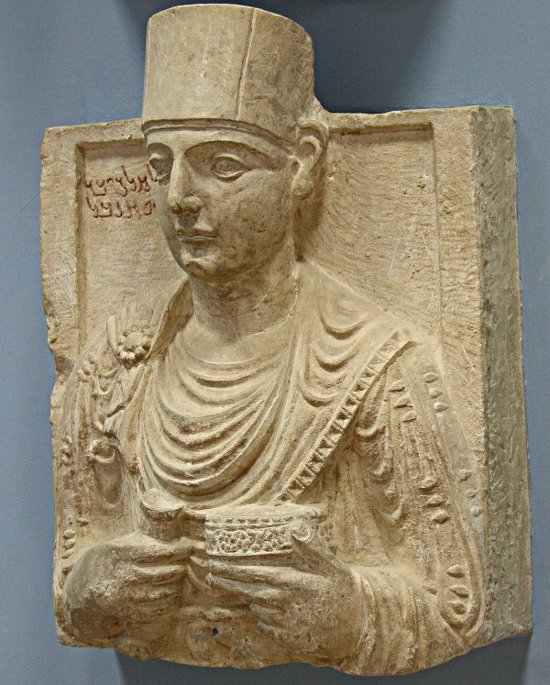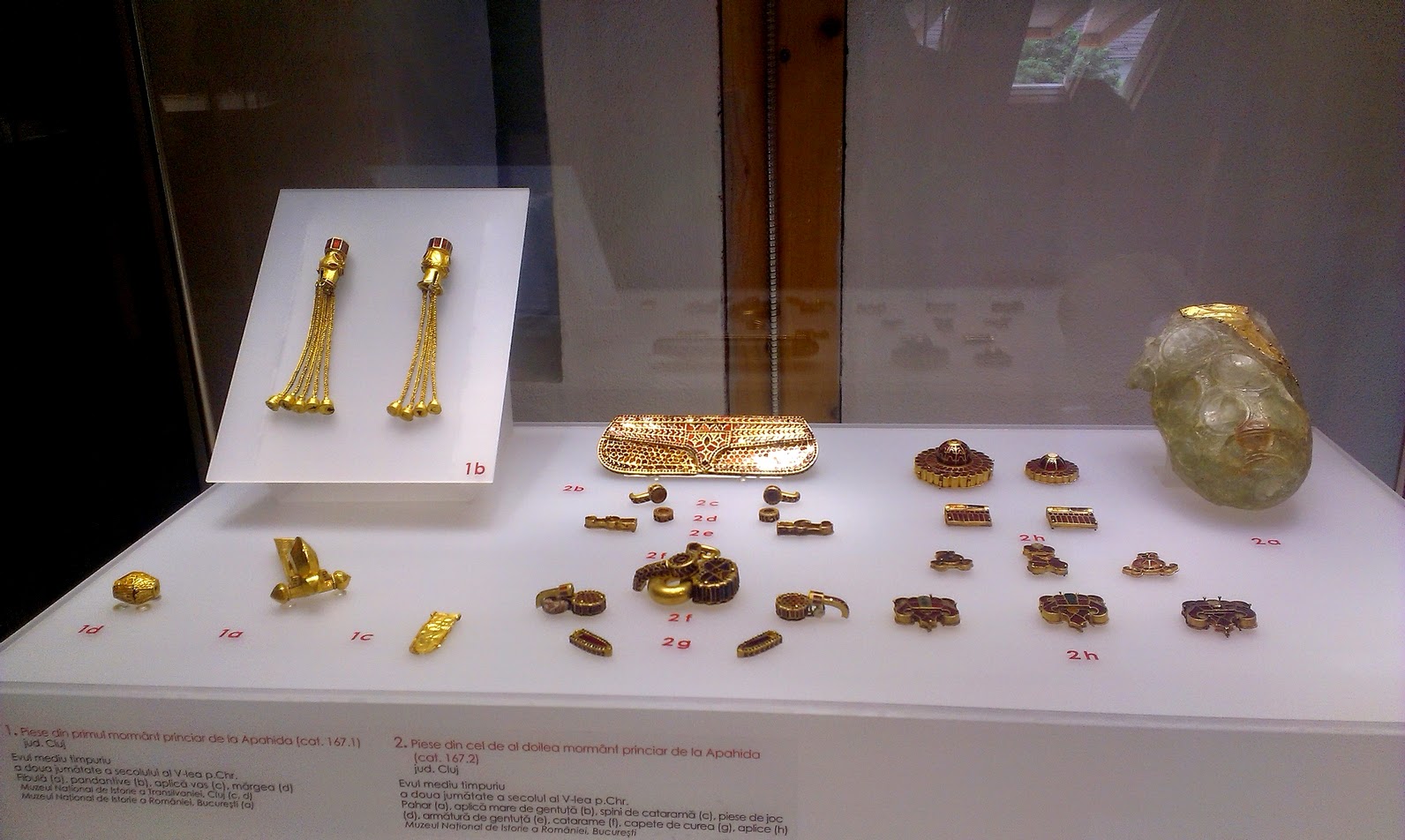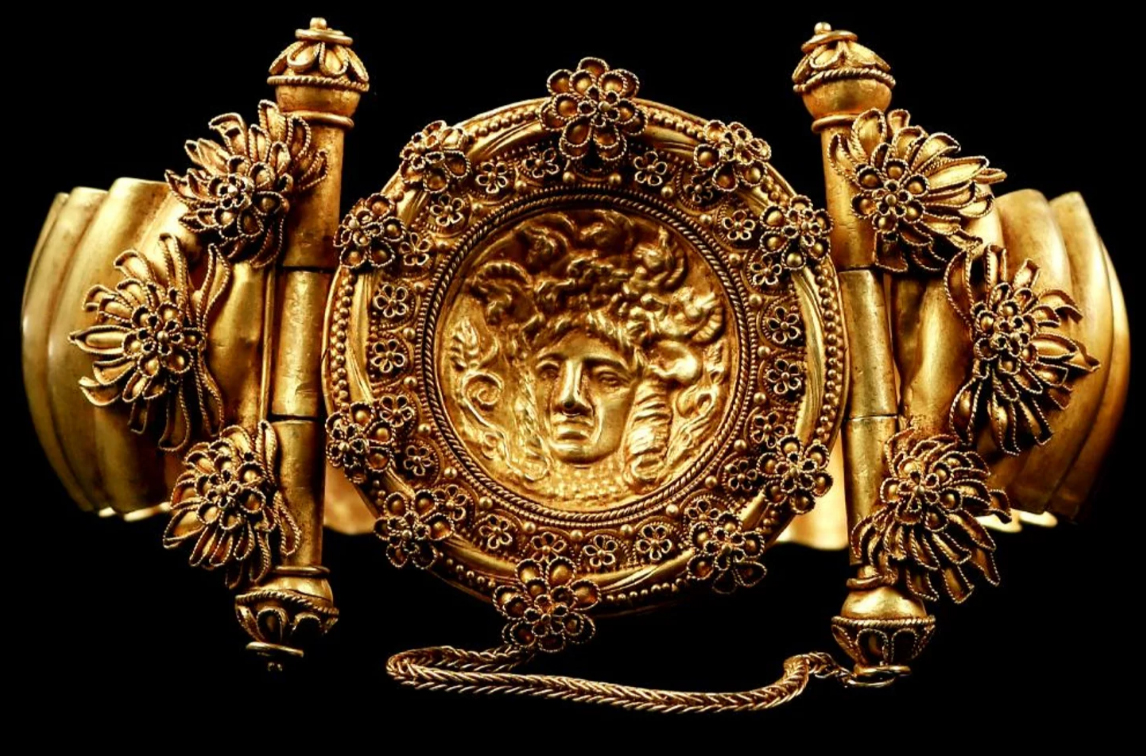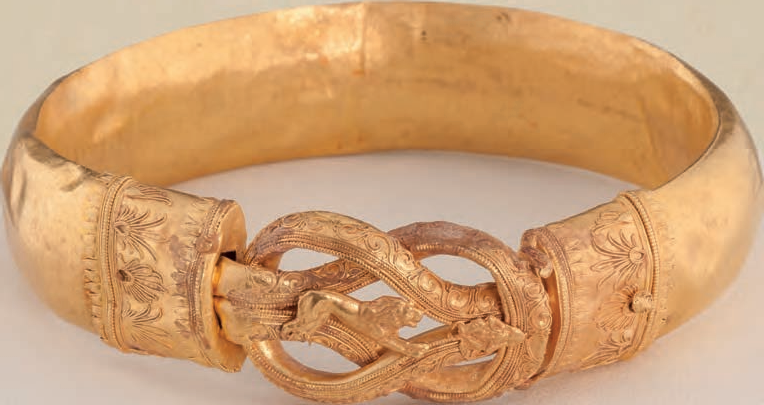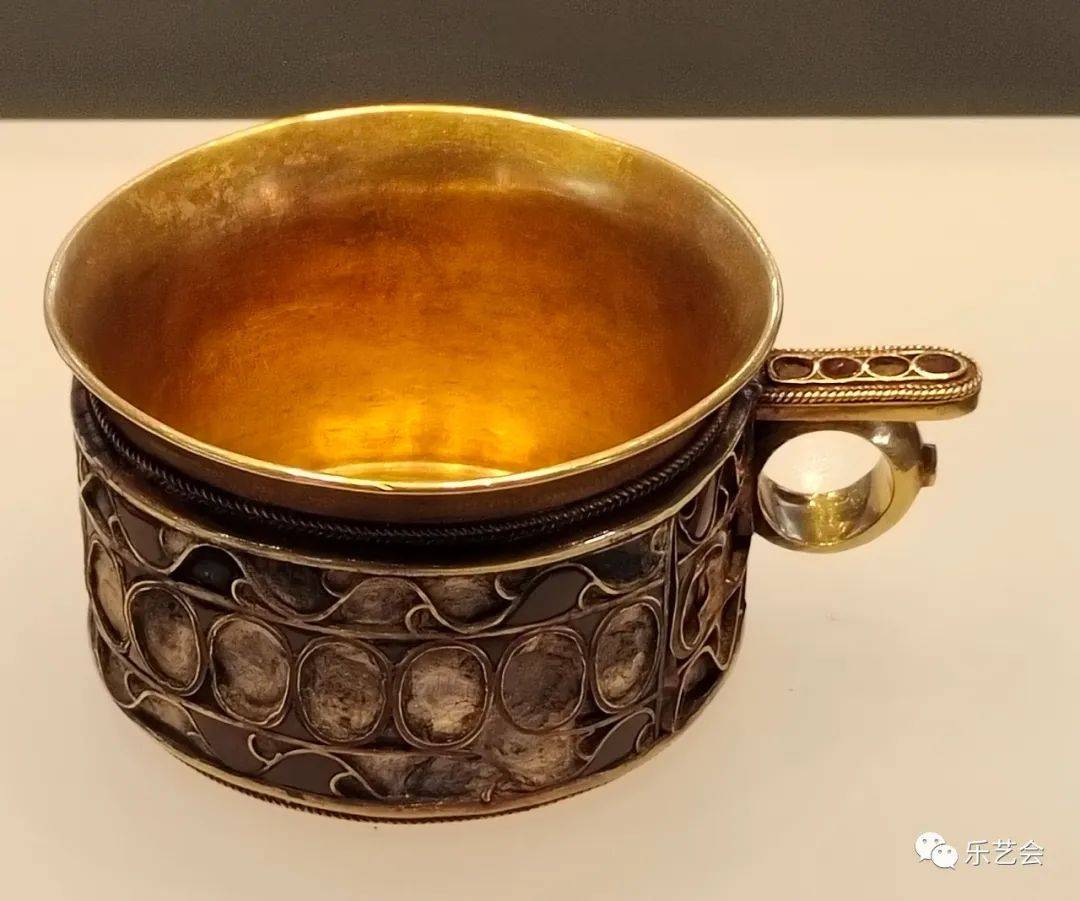Three highly decorated bowls were found in 1811 at Falerii Novi, the ancient city near Rome, today Civita Castellana.
They are made of gilded silver, and inlaid with small red gemstones. They have diameter ca. 18 cm, and are made of two layers of silver. Bowls are thought to be made in Pergamon in Asia Minor, and are dated to 2nd century BCE. The deposition of this small treasure must have taken place after 241 BCE, the year of the foundation of the city, as proposed by Prof. Coarelli. The cups were probably part of the booty of one of the Asian wars of the second century BCE.
In the collection of Museo Archeologico Nazionale, Naples (25284, 25285, 25288).
“The exterior surfaces of the cups are decorated in high relief with lightly gilded acanthus leaves, reflecting the naturalistic style of Hellenistic art, including botanically precise details such as serrated borders and veining. Additional naturalistic elements, such as tendrils and leaves, were picked outby the engraver. An ovule motif decorates the borders. Only one of the cups has handles, but all have settings for gemstones— inside the decorative foliage in one case, and underneath the bases in all three.”
Sources:
– Pergamon and the Hellenistic Kingdoms of the Ancient World, pp. 244-245
Picón, Carlos A. and Seán Hemingway (2016)
https://www.metmuseum.org
– An article “Silver cups from the MANN in the Archaeological Museum of Agro Falisco” https://www.classicult.it

Photo from Pergamon and the Hellenistic Kingdoms of the Ancient World
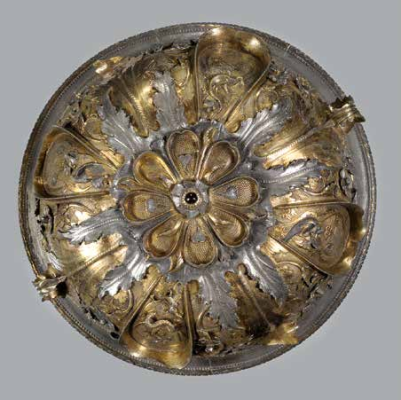
Photo from Pergamon and the Hellenistic Kingdoms of the Ancient World
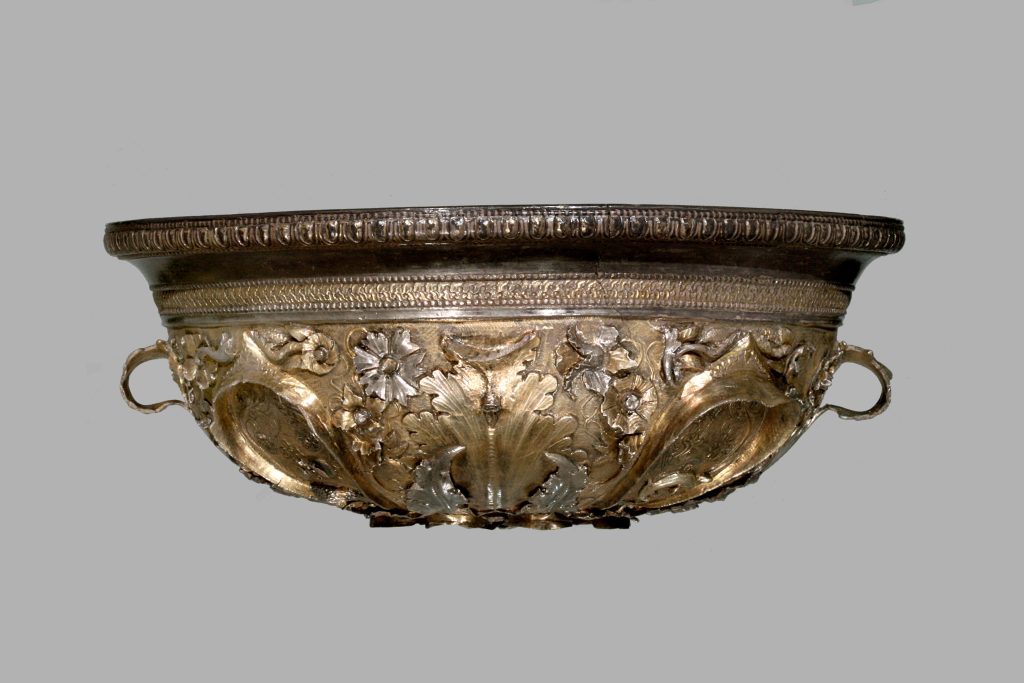
Photo source https://www.classicult.it
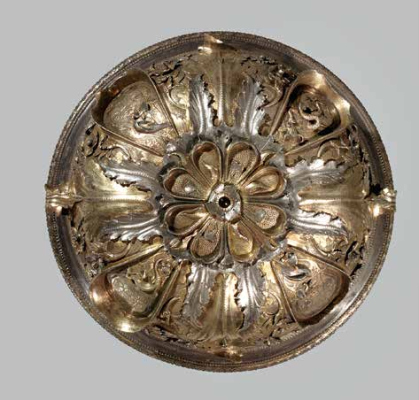
Photo from Pergamon and the Hellenistic Kingdoms of the Ancient World

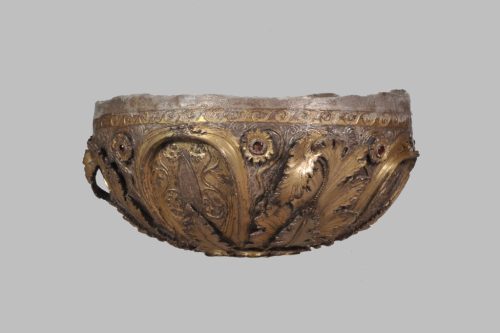
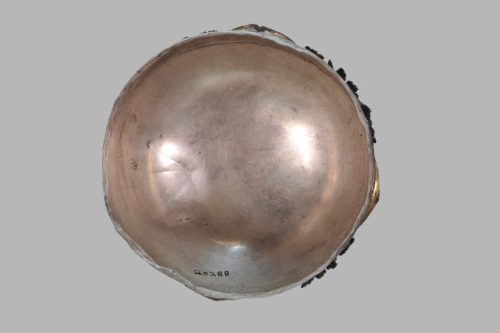

Photo source https://www.classicult.it

Photo from Pergamon and the Hellenistic Kingdoms of the Ancient World
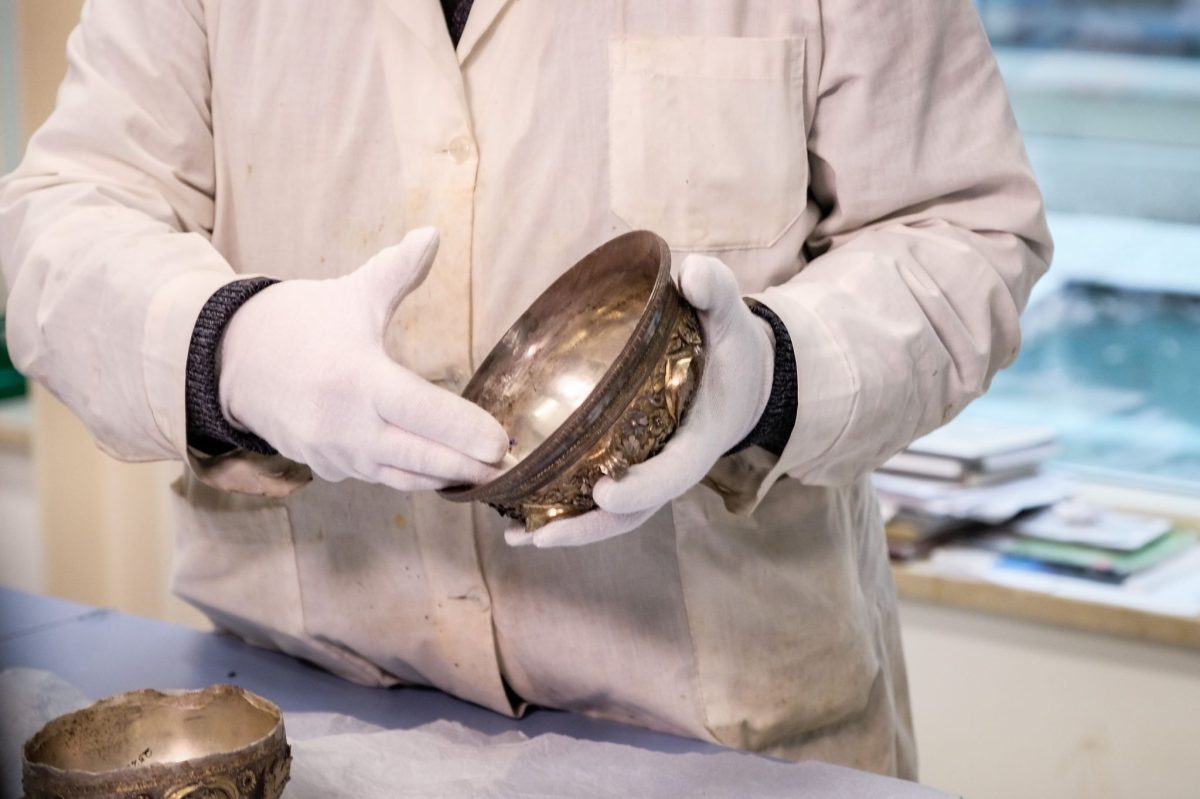
https://archeologiavocidalpassato.com





